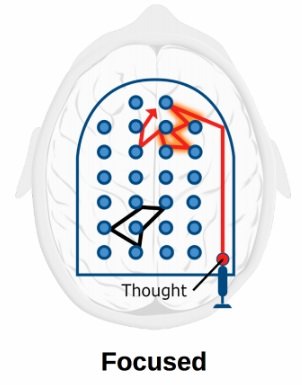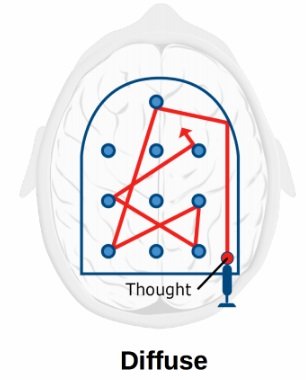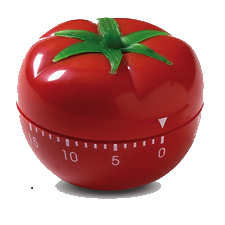We live in a world with an increasing amount of distractions. There is a multitude of markets dedicated to distracting people, for example, Steemit itself a distraction. I mean really, couldn't you be doing something better with your time right now? Here are some tips I've learned to help you help yourself.

Start your day with your hardest task
Instead of waking up and getting on your phone, computer, TV, or whatever else may provide some instant gratification, tackle your hardest task first. You wake up in the morning with a clear head that is ready for some new ideas and you're not going to feel bogged down by the clutter that the rest of your day will accumulate. Also, I've found it's a bit easier to enter a "flow" state in the morning. I'm actually practicing this technique right now as the first thing I did when I woke up this morning was begin to write this article. An important thing to note is that you don't necessarily have to finish the task, just get in some nice focused progress.
Your brain's two modes
Evolution has developed your brain in some fairly peculiar ways. One of these results of evolution is that your brain operates in two fundamental spectrums, these spectrums are called the focused and diffuse modes. The best way to explain this is to imagine your brain as a pinball machine.
Focused
In focused mode, the bumpers in your pinball machine brain are close together making it hard to "think outside of the box".

Focused mode is important for thinking through some more complex issues like solving a complicated calculus problem, but it is not useful for seeing the bigger picture. You should use your focused mode to define some of those ideas sitting in the back of your head, as it is easier to enter a flow state while in this focused mode. After a while of using your focused mode, you may feel like you've hit a brick wall. This is where your diffuse mode comes in.
Diffuse
In diffuse mode, the bumpers your pinball machine brain are much further apart than in the focused mode. This enables you to develop some further reaching ideas that would have been hard to develop in focused mode.

Focused mode is fairly straight forward, you just need to focus, but diffuse mode is a more nuanced idea and less clear. A good way you can observe the transition into diffuse mode is by making a triangle out of 10 coins. Try and turn the triangle upside down by moving only 3 coins. It's actually a fairly simple task, but the answer may not be immediately clear. When you finally figure out the solution, you may feel a sort of click. That click is your brain's diffuse mode doing its magic.

Take this and invert it.
How the two modes play into each other
Another good visual for imagining these two modes is to imagine building a brick wall. Focused mode is the laying of the bricks, diffuse mode is letting the mortar dry. If you cram for a test the night before, your wall will look like the one on the right, but if you study with plenty of time before the test your wall will look like the one on the left.

It is vitally important to give ample time to both the focused and diffuse processes, especially when learning something new. So now that you know a bit more about the innerworkings of your brain, I'm going to give you a nice trick to use this new knowledge.
Pomodoro Technique

Pomodoro is Spanish for tomato.
The Pomodoro Technique is a time management tactic used by many people in many different occupations. Essentially you just set a timer for 20-30 minutes and then work intently during that time frame ignoring all distractions. After your timer runs out, take 5-10 minutes of free time and do something else. The break is just as important as the focused working period. It doesn't matter what you do as long as you don't get sucked into it. Your small break period is essential to the entire technique, as it teaches your brain that it will be rewarded with some satisfying free time after a short period of focused work. Repetition is key in order for this to work, so don't stop if you're struggling the first few times you do it. It only gets easier and more effective.
I hope these tips will help you out in your everyday life, as I know they have helped me tremendously. I have to give credit to Doctor Barbara Oakley who wrote the book "A Mind for Numbers" which is where I have pulled most of this information from. She has a fantastic TED Talk online that goes over some of the same concepts in a little more detail which you can find here.
Thank you for these tips on focusing. The world does have way too many distractions. I've also found that due to all of these distractions people no longer focus on what they are reading. Few people take the time to read directions. I've found that if a task includes more than 3 steps most people will not follow all of the steps. People have very short attention spans. I agree people spend way too much time on social media...unless social media is part of their business. But for someone who is in the business of working on social media, I can see where it is extra important to focus on the task at hand without being distracted by everything else going on around them. Something as simple is writing an ad or composing a message could easily end up taking hours to accomplish simply by giving into the urges of debating with someone who just posted a comment, tweet or instant message.